Table of Contents
Model estimating only 3 year olds and older
In this section we test a model which does not use data for 0-2 year olds, and does not estimate these age groups. It is equivalent to the simple model, with the catch and survey data shifted.
We perform the same experiment as for the model with two catchabilities, namely trying out different numbers of cohorts which are to be estimated at the same time.
Summary





| N3birthyear | N31994 | N31995 | N31996 | N31997 | N31998 | N31999 | N32000 |
|---|---|---|---|---|---|---|---|
| Single estimate | 0.516109 | 0.364052 | 0.343280 | 0.893856 | |||
| Multiple estimates | 0.803846 | 0.413922 | |||||
| 0.628584 | 0.362537 | 0.300540 | |||||
| 0.622791 | 0.359443 | 0.298084 | 0.589102 | ||||
| 0.369516 | 0.306418 | ||||||
| 0.381369 | 0.316046 | 0.631374 | |||||
| 0.437240 | 0.361336 | 0.727927 | 0.930341 | ||||
| 0.405056 | 0.840858 | ||||||
| 0.503421 | 1.07145 | 1.43532 | |||||
| 0.297859 | 0.590654 | 0.738234 | 0.622872 | ||||
| 0.900099 | 1.17791 | ||||||
| 0.389587 | 0.467355 | 0.360528 | |||||
| 0.395227 | 0.474633 | 0.367218 | 0.426952 |
First cohort born 1994


| Num. cohorts | Trajectories | Estimates |
|---|---|---|
| 1 | 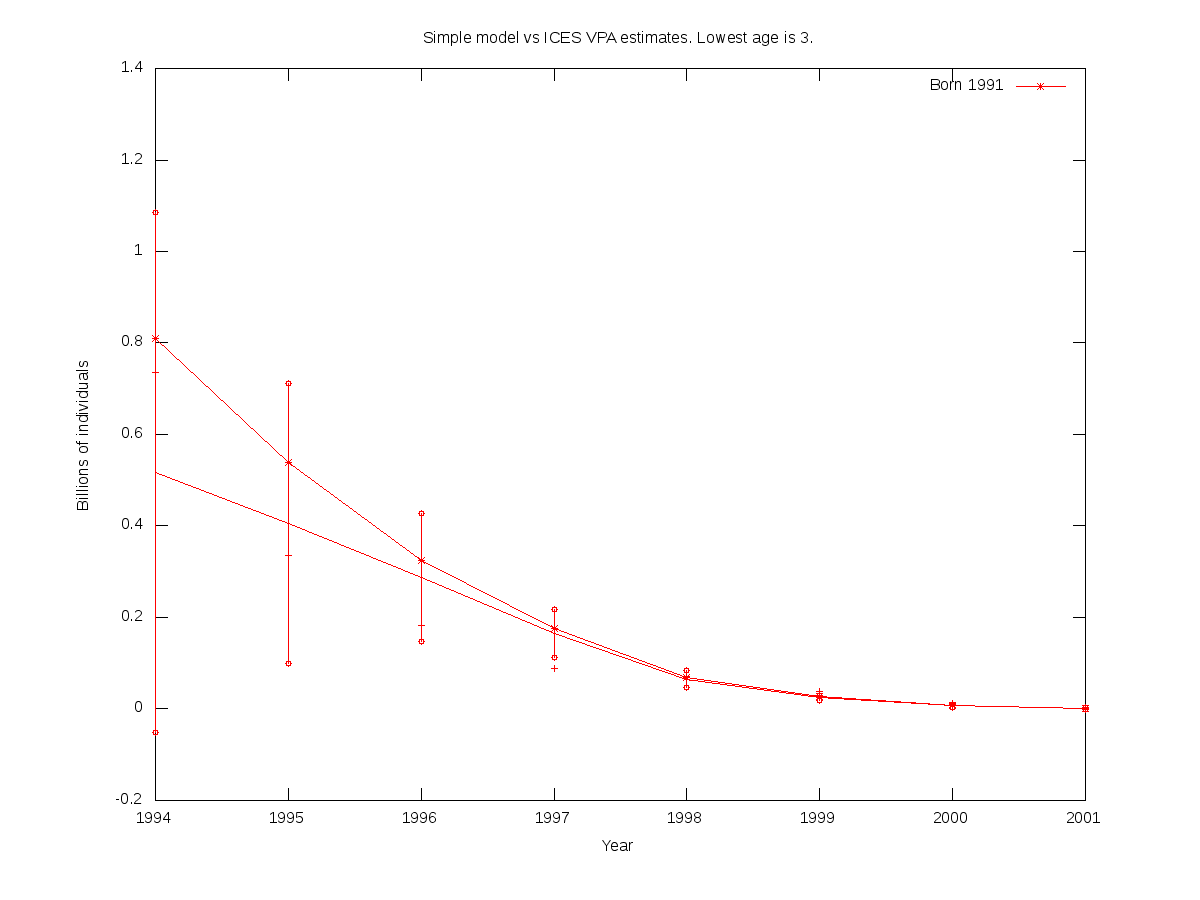 |
|
| 2 | 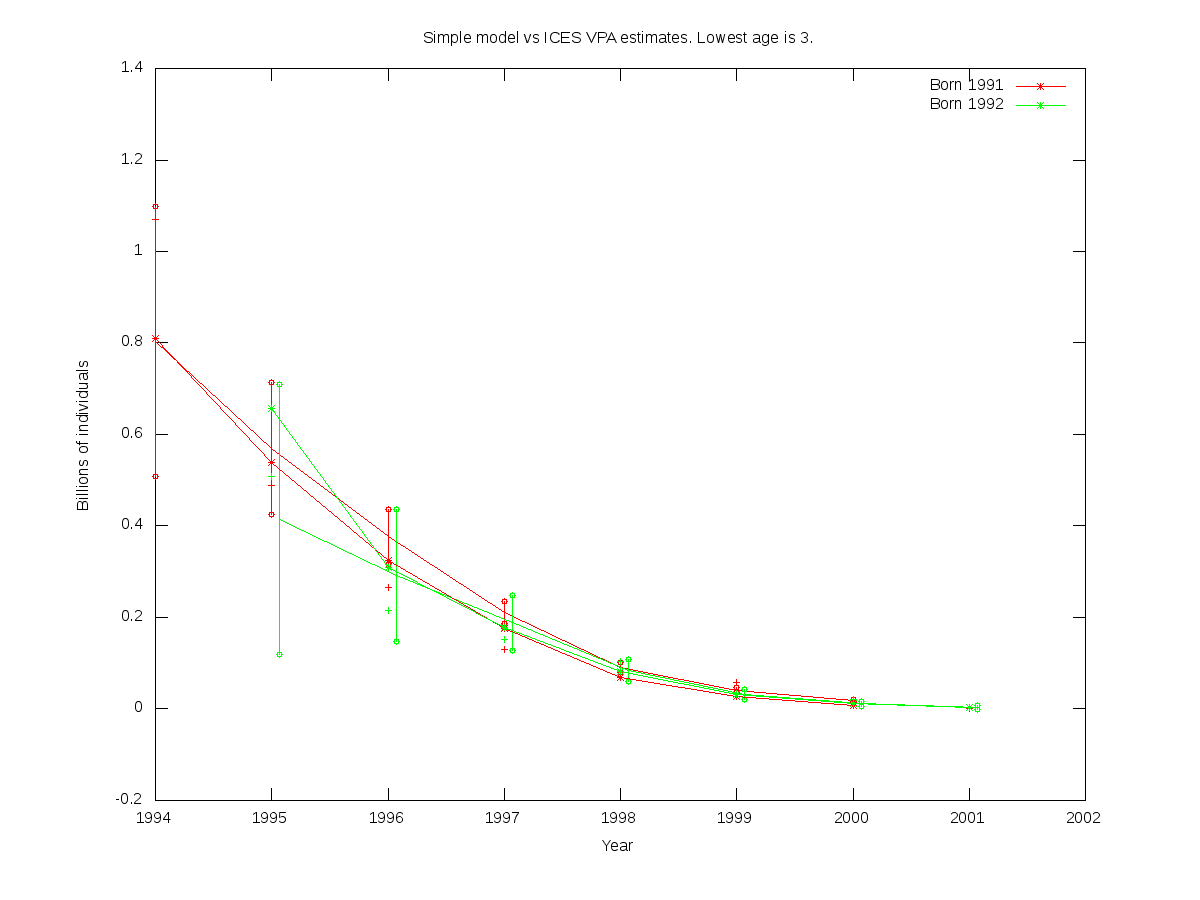 |
|
| 3 | 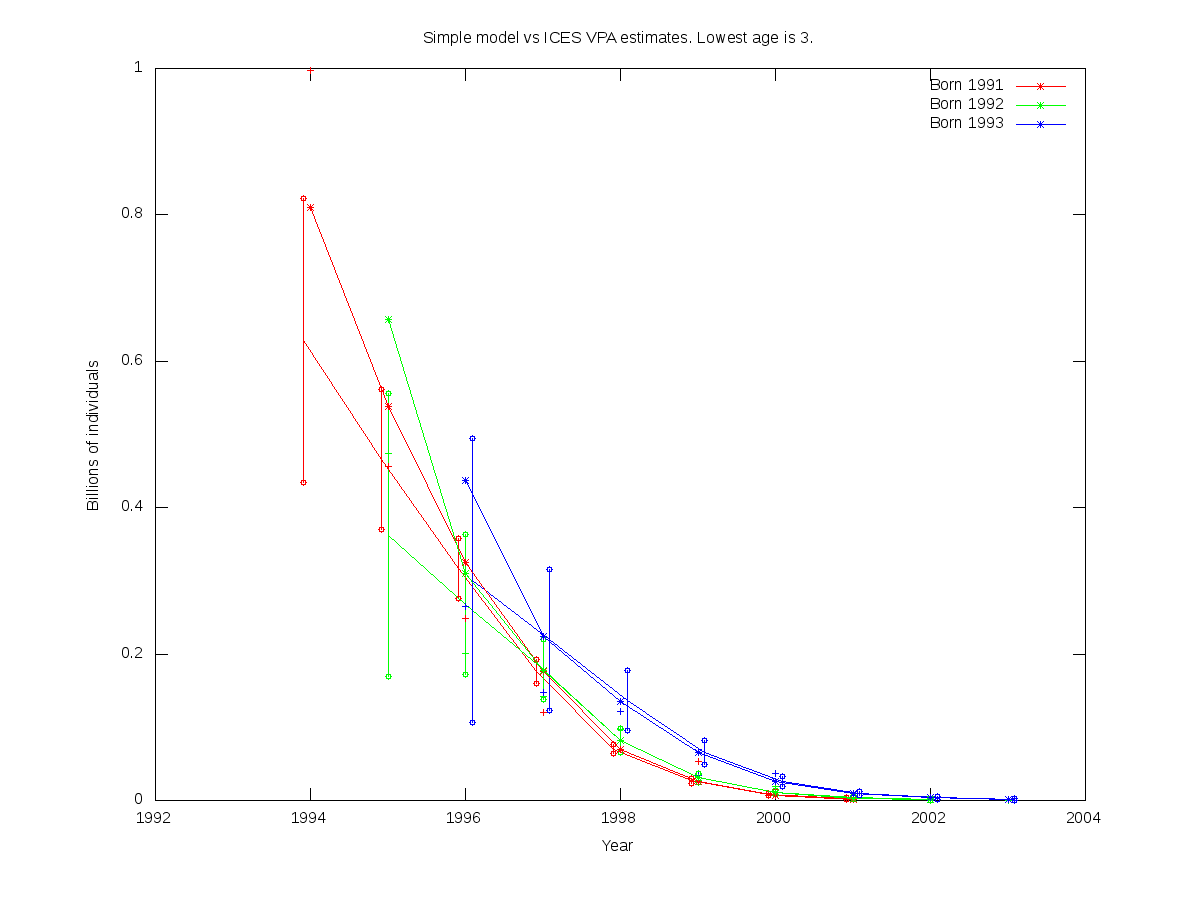 |
|
| 4 | 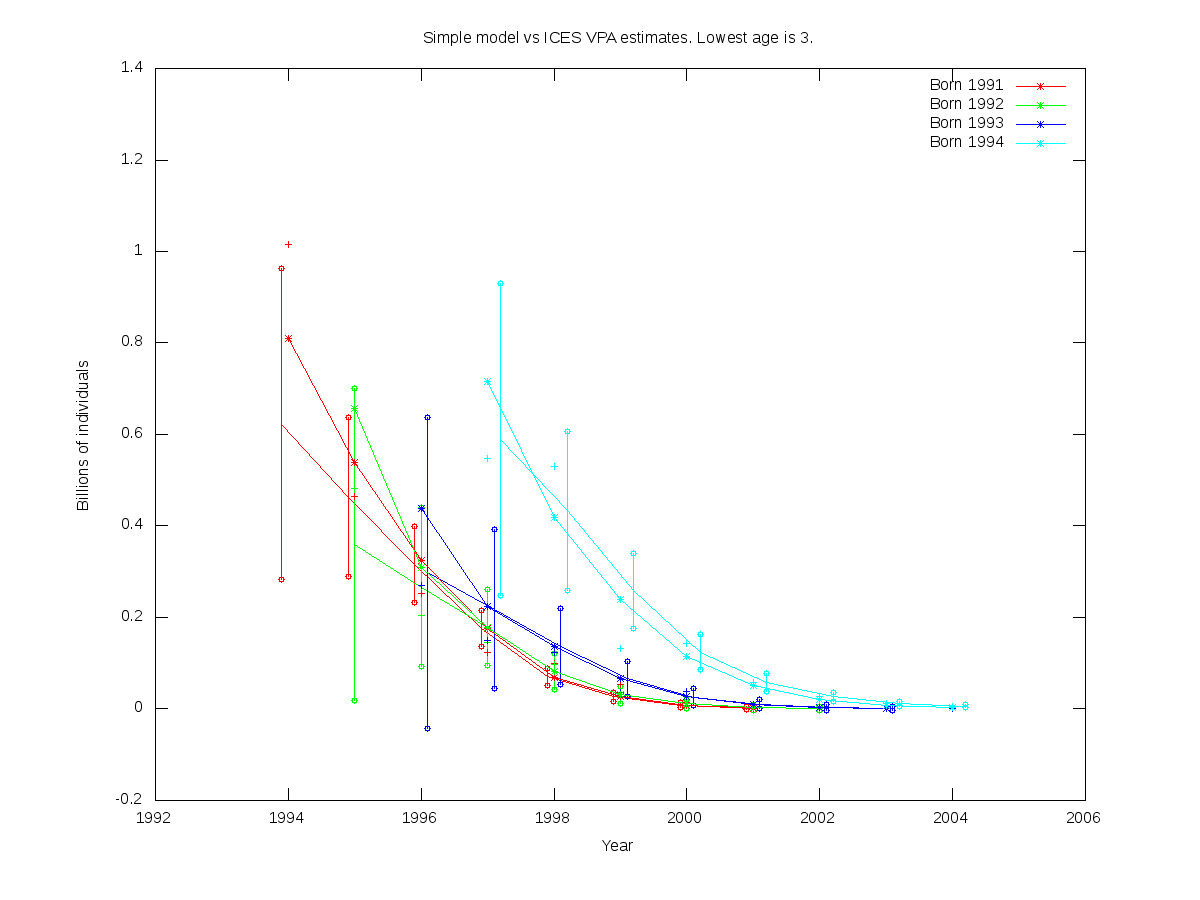 |
|
First cohort born 1995

| Num. cohorts | Trajectories | Estimates |
|---|---|---|
| 1 | 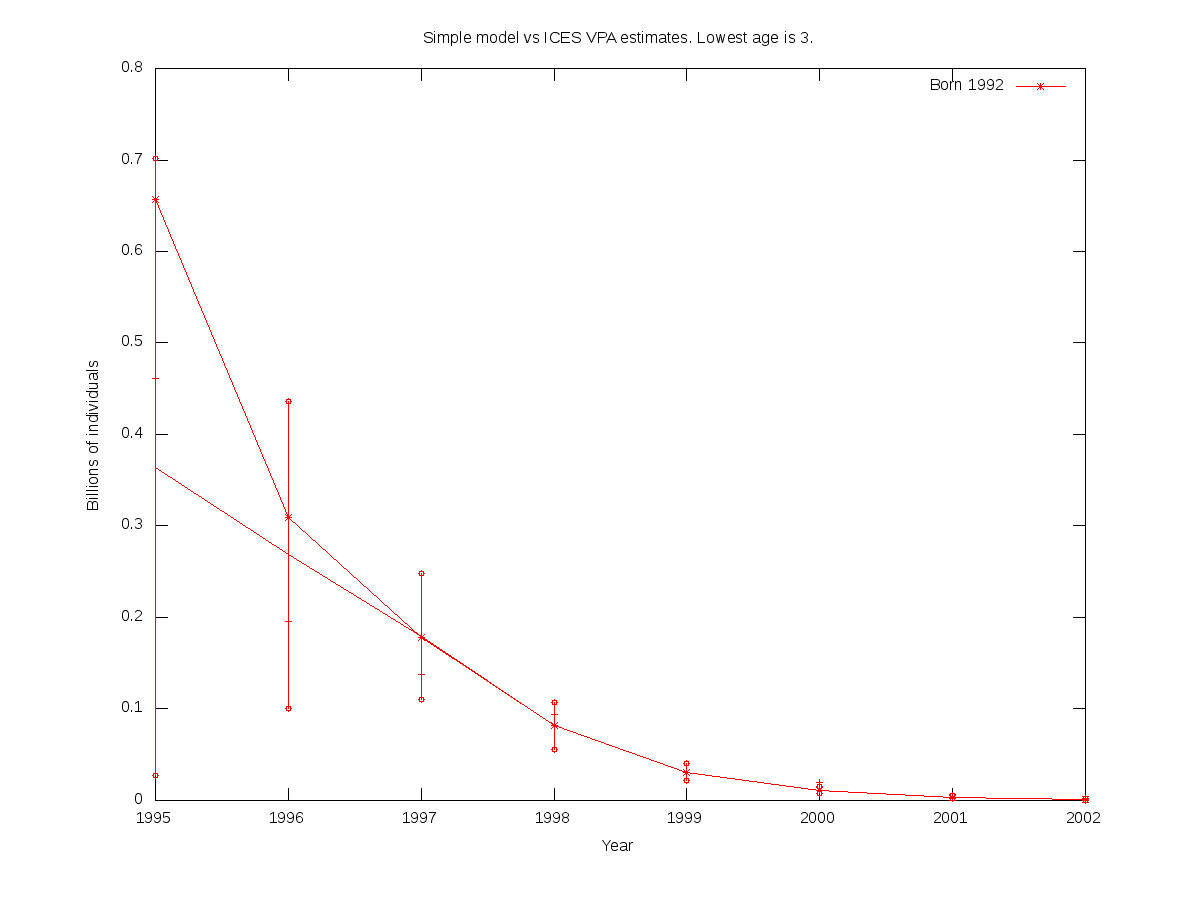 |
|
| 2 | 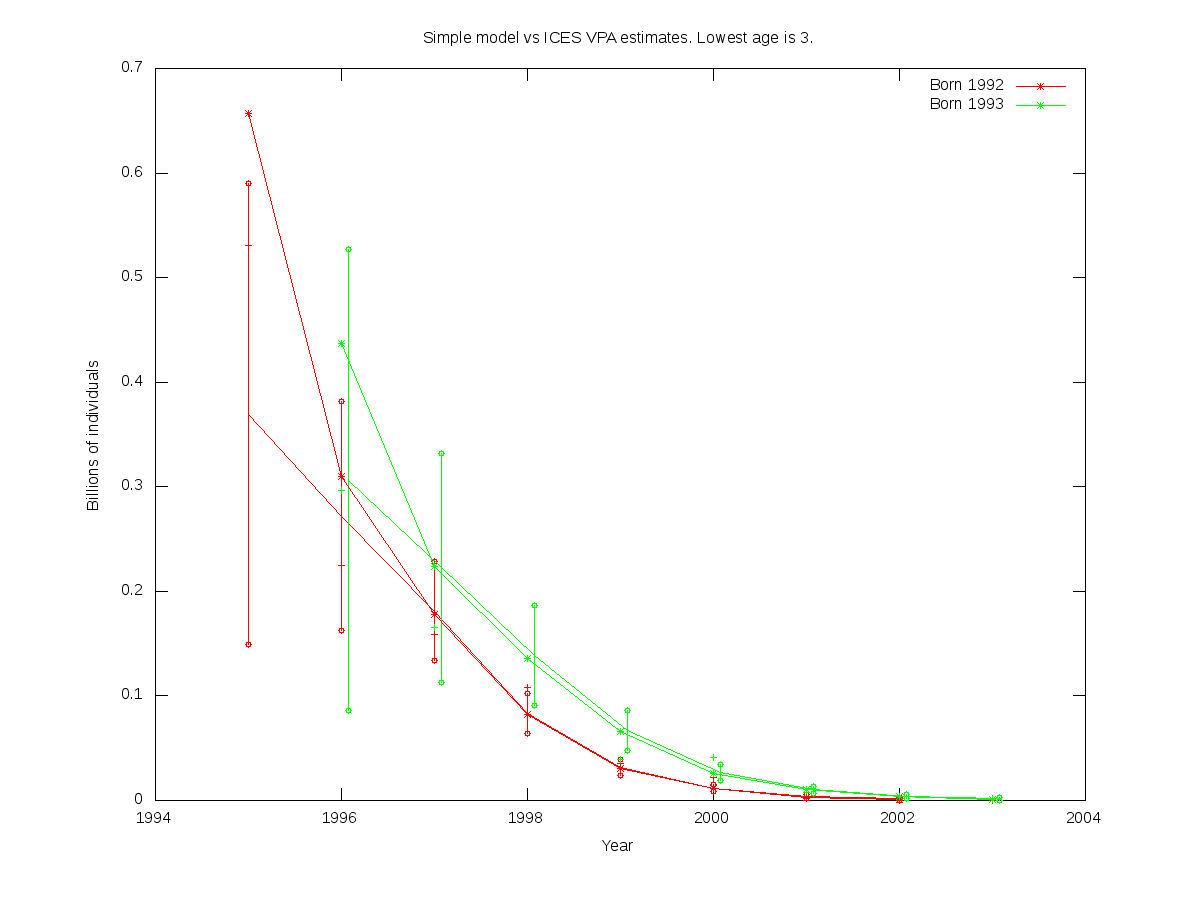 |
|
| 3 | 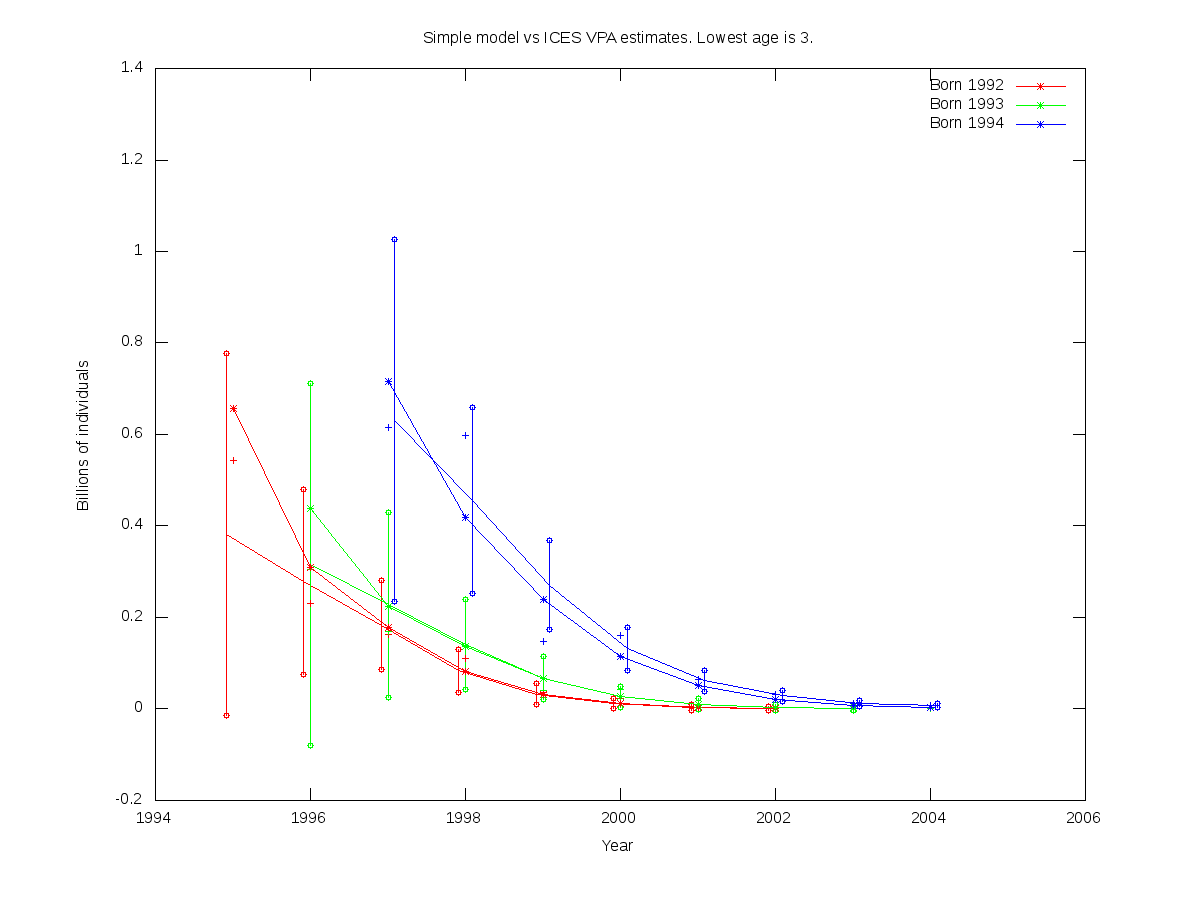 |
|
| 4 | 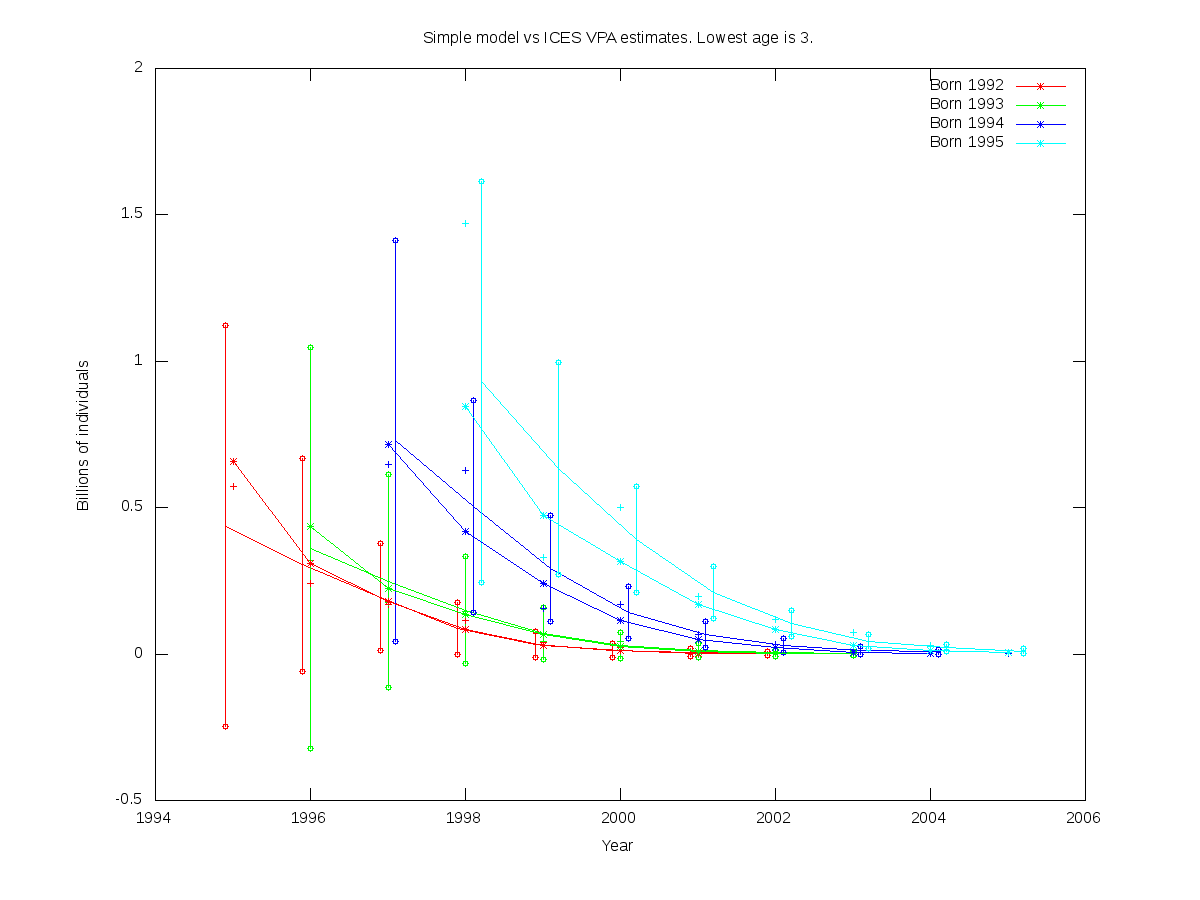 |
|
First cohort born 1996

| Num. cohorts | Trajectories | Estimates |
|---|---|---|
| 1 |  |
|
| 2 | 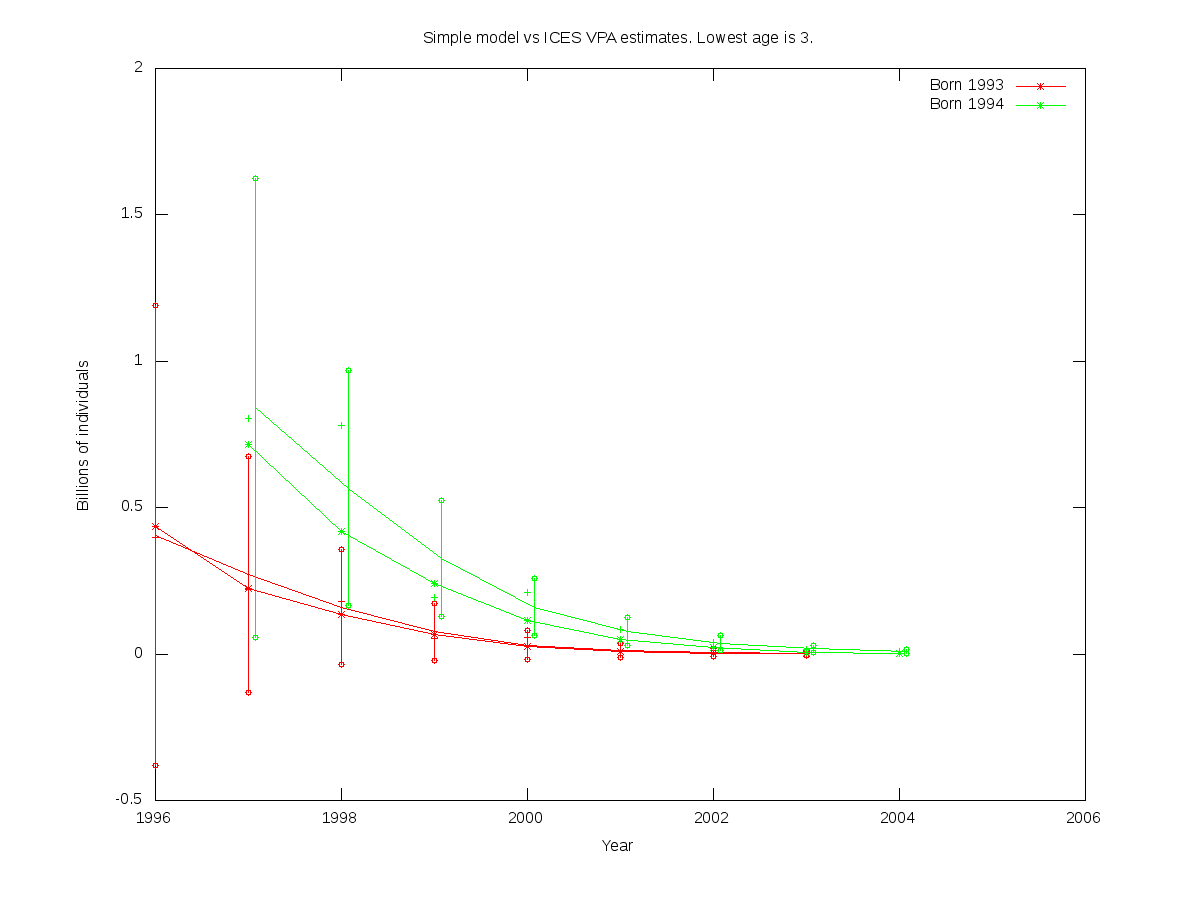 |
|
| 3 |  |
|
| 4 | 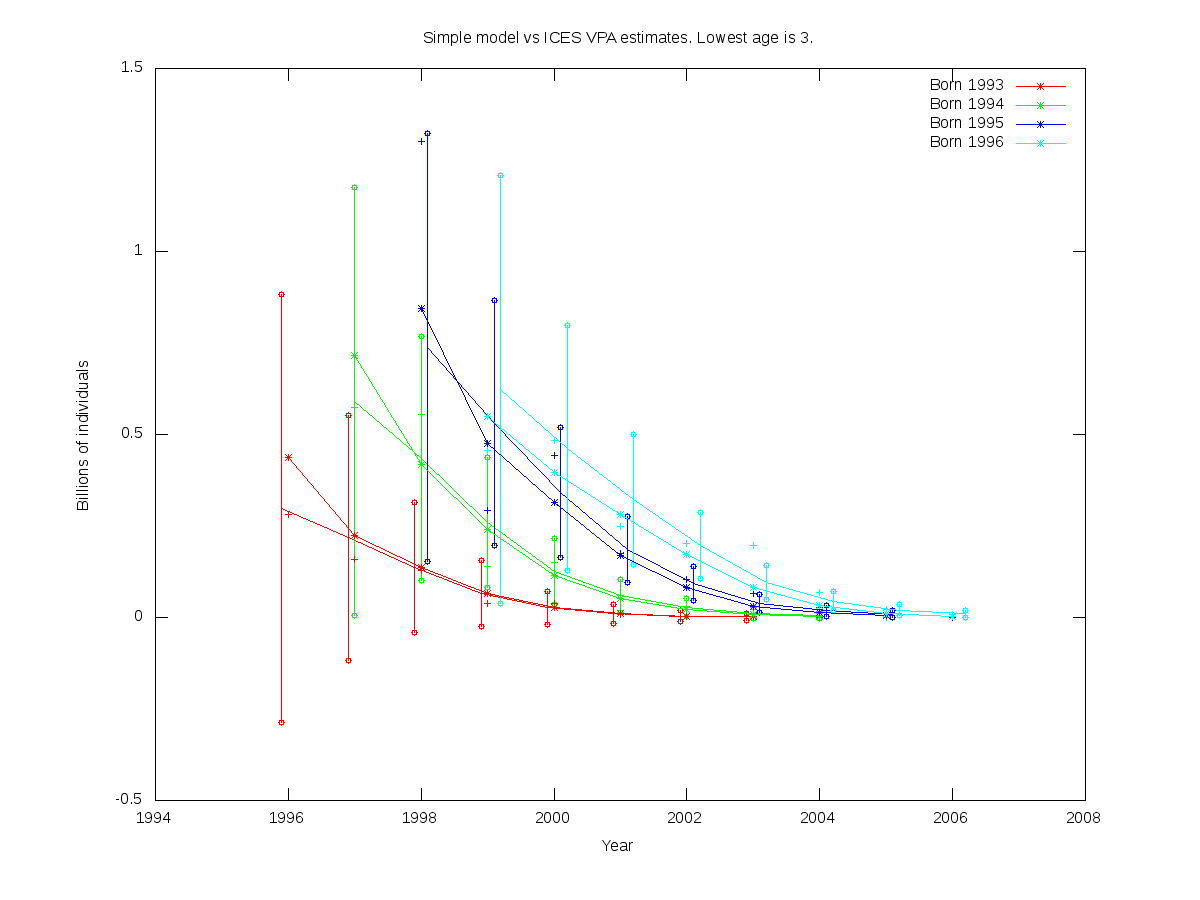 |
|
First cohort born 1997

| Num. cohorts | Trajectories | Estimates |
|---|---|---|
| 1 |  |
|
| 2 |  |
|
| 3 |  |
|
| 4 | 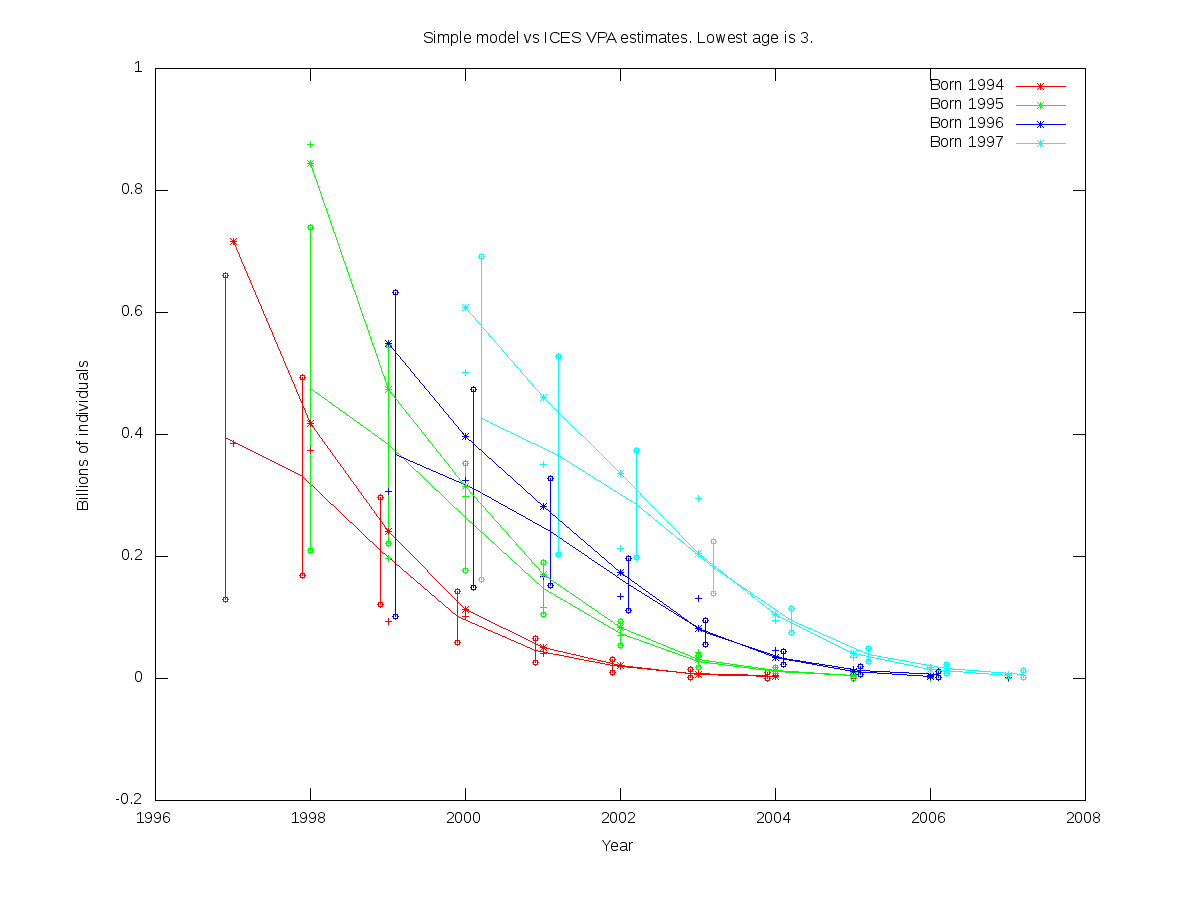 |
|
